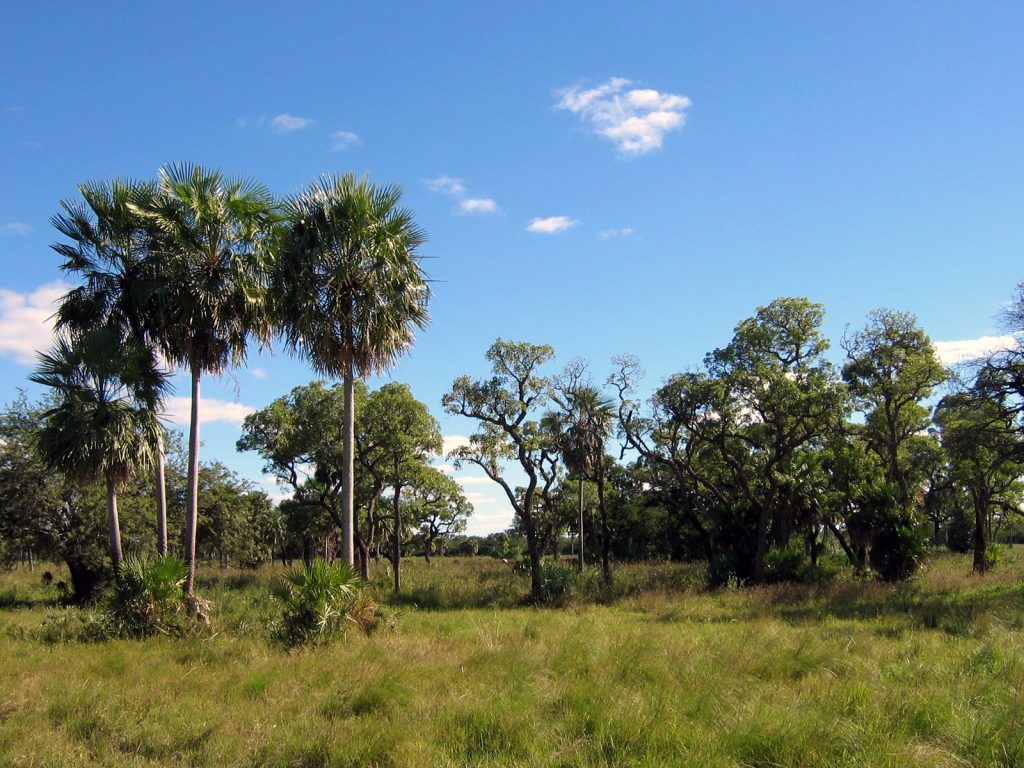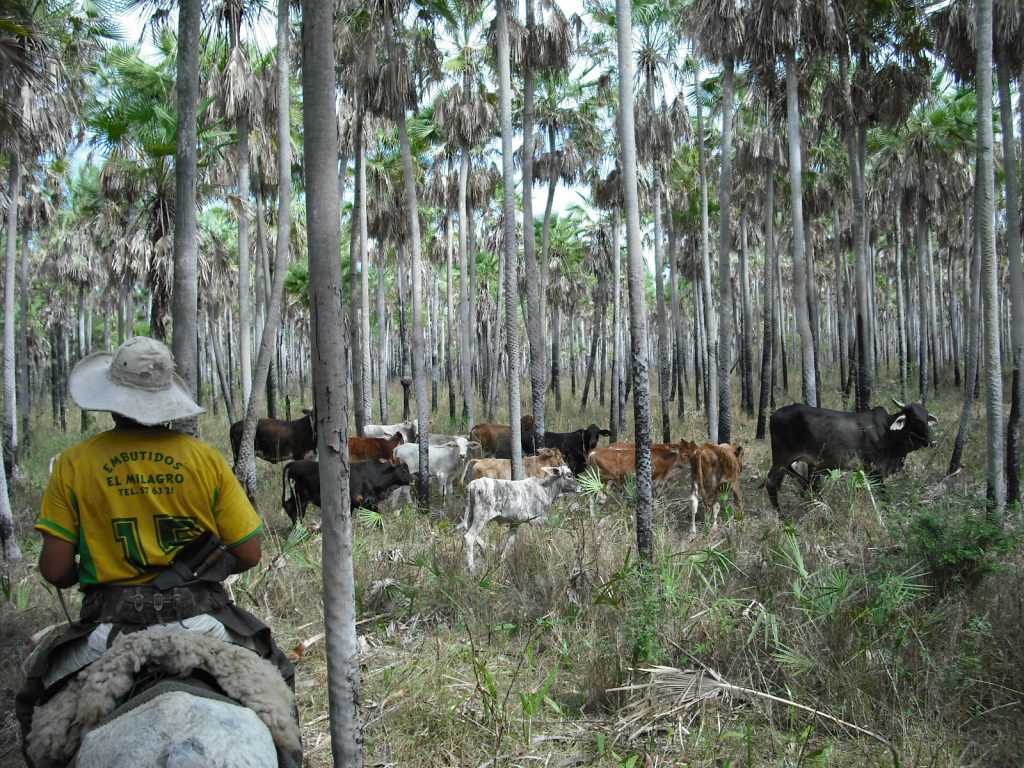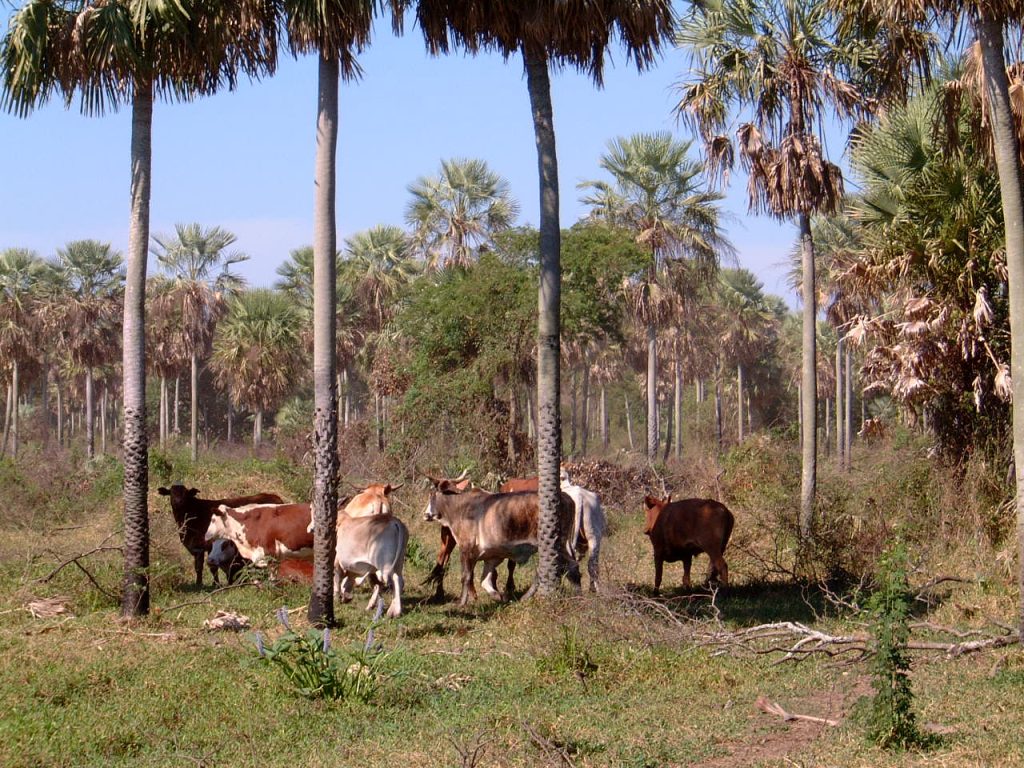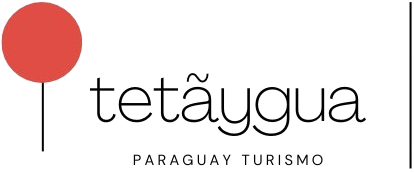The Chaco: A paradise for adventurers and nature lovers
Paraguay is divided into two major geographical regions – the densely populated Oriental Region and the vast, sparsely populated Occidental Region, also known as the Chaco. The Occidental Region comprises three departments (Boquerón, Alto Paraguay, Presidente Hayes), occupies approximately 61% of the country's surface area, and is home to only about 3% of the population. It is characterized by flat alluvial plains, dry forests ("Gran Chaco"), and extensive wetlands. The climate is hot-tropical to semi-arid, and the economy is based primarily on livestock farming, forestry, and, increasingly, oil and gas production. The Pan-American Highway (Ruta 9) provides access to the region, and a few regional airports connect larger towns. For travelers, the Chaco offers unique ecotourism potential: national parks such as Defensores del Chaco, indigenous settlements, and Mennonite colonies. Important cities include Filadelfia (Boquerón), Mariscal Estigarribia (Boquerón), Fuerte Olimpo (Alto Paraguay), and Villa Hayes (Presidente Hayes).

🌍 Geographic location
The Región Occidental ("Chaco") lies west of the Paraguay River and extends to the borders with Bolivia and Argentina. At 246,827 km², it covers approximately 61% of the country's area and is largely a flat alluvial plain with gray clay soils and seasonal swamps.
☀️ Climate
The Chaco has a hot-tropical to semi-arid climate:
- Temperatures: Regularly over 104 °F in summer, rarely below 59 °F in winter.
- Precipitation: Approx. 600–1 200 mm/year, with a pronounced dry season.
- Vegetation: Dry savannah, thorn forests and seasonal wetlands.
💼 Economic sectors
- Cattle raising: Cattle and goat farming characterize the open savannah landscape.
- Forestry: Roundwood harvesting in dry forest fragments.
- Agriculture: Cultivation of cotton, cassava and, to a limited extent, soy.
- Oil and gas: Oil and gas deposits are increasingly being developed in Boquerón and Alto Paraguay.
- Trade: Border trade with Bolivia and Argentina at authorized crossings.
🚗 Connectivity and transportation
- Panamericana (Ruta 9): Main axis from Asunción to Pozo Colorado passing through Mariscal Estigarribia.
- Secondary routes: Transchaco (Ruta 11), Ruta 16; many unpaved.
- Regional airports: Runways in Filadelfia, Mariscal Estigarribia and Fuerte Olimpo for domestic flights.
- Waterways: Río Pilcomayo and Río Paraguay as seasonal waterways.
🌿 Tourism and attractions
- Parque Nacional Defensores del Chaco: The country's main reserve, habitat of jaguars, anteaters and alligators.
- Parque Nacional Teniente Enciso: Dry forest and migratory passage of birds.
- Indigenous communities: The villages Enxet, Nivaclé and Ayoreo offer cultural experiences.
- Mennonite colonies: Historic venues in Philadelphia with a German-Paraguayan legacy.
- Active ecotourism: Safaris, bird watching, and boat trips through the wetlands.
🏙️ Important cities
- Filadelfia (Boquerón): Largest Mennonite city and administrative center.
- Mariscal Estigarribia (Boquerón): Departmental headquarters and regional airport.
- Fuerte Olimpo (Alto Paraguay): Historic fortress and gateway to the Pantanal.
- Pozo Colorado (Alto Paraguay): Agricultural and commercial point.
- Villa Hayes (Presidente Hayes): Departmental capital next to the Paraguay River (Río Paraguay).
🗂️ Departments that make up Chaco
- Boquerón (capital: Filadelfia)
- Alto Paraguay (capital: Fuerte Olimpo)
- Presidente Hayes (capital: Villa Hayes)
👉 Conclusion
The Western Region, or Chaco, showcases the deepest Paraguay: vast savannas, ancient cultures, and unique ecosystems. For adventurers and nature lovers seeking authenticity, the Chaco offers a mosaic of unforgettable experiences.
🖼️ Impressions



Would you like to add important information? We look forward to your message!

